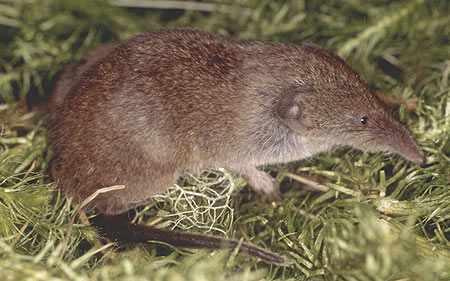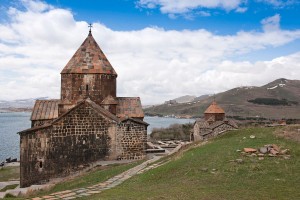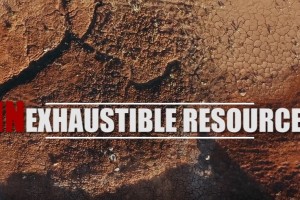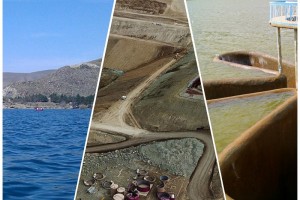Transcaucasian water shrew: Red Data Book of Armenia

Shrews - Soricidae
Status. Listed in the IUCN Red List of Threatened Species (ver. 3.1) as Least Concern. According to IUCN criteria categorized as Endangered EN B1a+2a.
Distribution. Western, Central and Eastern Europe, Asia from the Middle East through Central Asia to the Sea of Okhotsk, Caucasus, Iran, Turkey.
Distribution in Armenia. The provinces of Syunik, Vayots Dzor, Kotayk, Tavush, Lori, Aragatsotn and Gegharkunik.
Habitats. Riparian areas in highlands (up to 2500 m above sea level), semi–deserts and forests. Prefers the riverine shrubs and stony banks with sparse herbage.
Biological traits. Active in different times and seasons. Capable of swift running over the bottom, swimming and diving. The breeding season lasts from early spring to late summer. The litter size is 4–10 offspring. Feeds on different arthropods, worms, mollusks, fry and tadpoles, as well as on small rodents. Ecology in Armenia is not studied.
Population size and its trends. Lives in small groups of 2–5 individuals. In some districts (Hankavan, Dilijan, Ijevan and others) the population is significantly reduced because of water pollution and habitat destruction.
Major threats. Water pollution and human economic activities.
Conservation measures. Protected in Shikahogh Reserve, Dilijan National Park and Arevik National Park. It is essential to grant special protection to shrew habitats located within the national parks and other protected areas and to prohibit tourist activities and angling inside them.
Suggestions
 More Crops Per Drop: Conserving Armenia’s Water Resources Amidst a Changing Climate
More Crops Per Drop: Conserving Armenia’s Water Resources Amidst a Changing Climate
 The Ministry of Environment sent a letter international partners to draw their attention to the real danger of environmental disasters as a result of Azerbaijan's large-scale aggression towards the territory of Armenia
The Ministry of Environment sent a letter international partners to draw their attention to the real danger of environmental disasters as a result of Azerbaijan's large-scale aggression towards the territory of Armenia
 Hydrological regime of Lake Sevan on August 22-28 (2022)
Hydrological regime of Lake Sevan on August 22-28 (2022)
 INEXHAUSTIBLE RESOURCE. film about water waste in Armenia
INEXHAUSTIBLE RESOURCE. film about water waste in Armenia
 “Lydian Armenia” CJSC has used the water of Lake Sevan for technical purposes. Artur Grigoryan
“Lydian Armenia” CJSC has used the water of Lake Sevan for technical purposes. Artur Grigoryan












